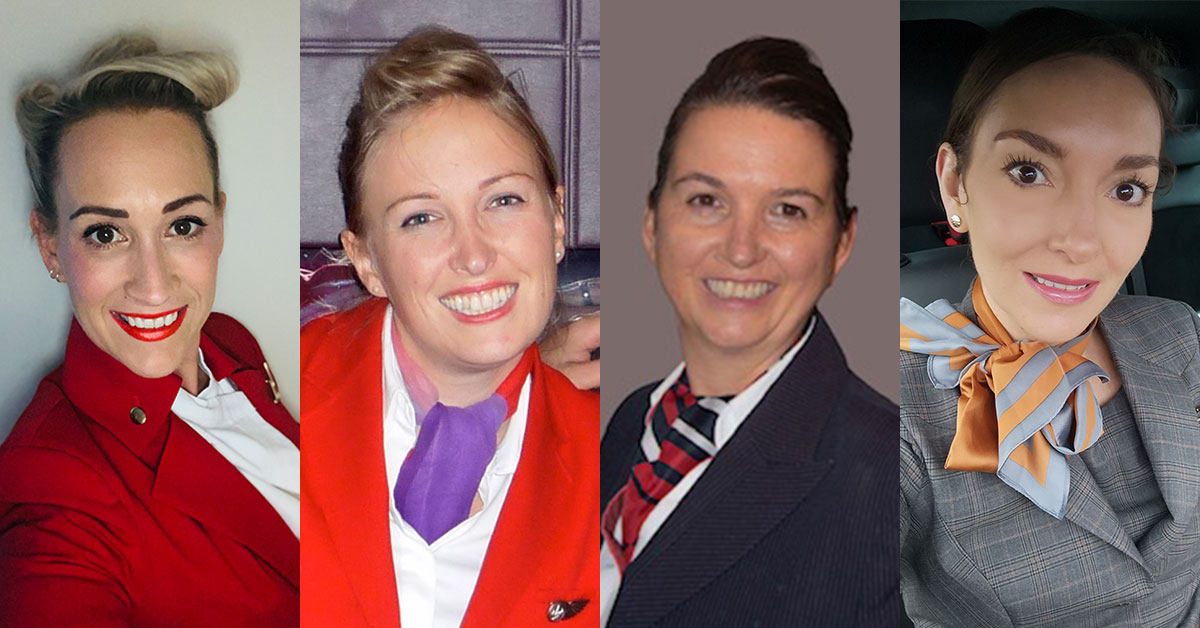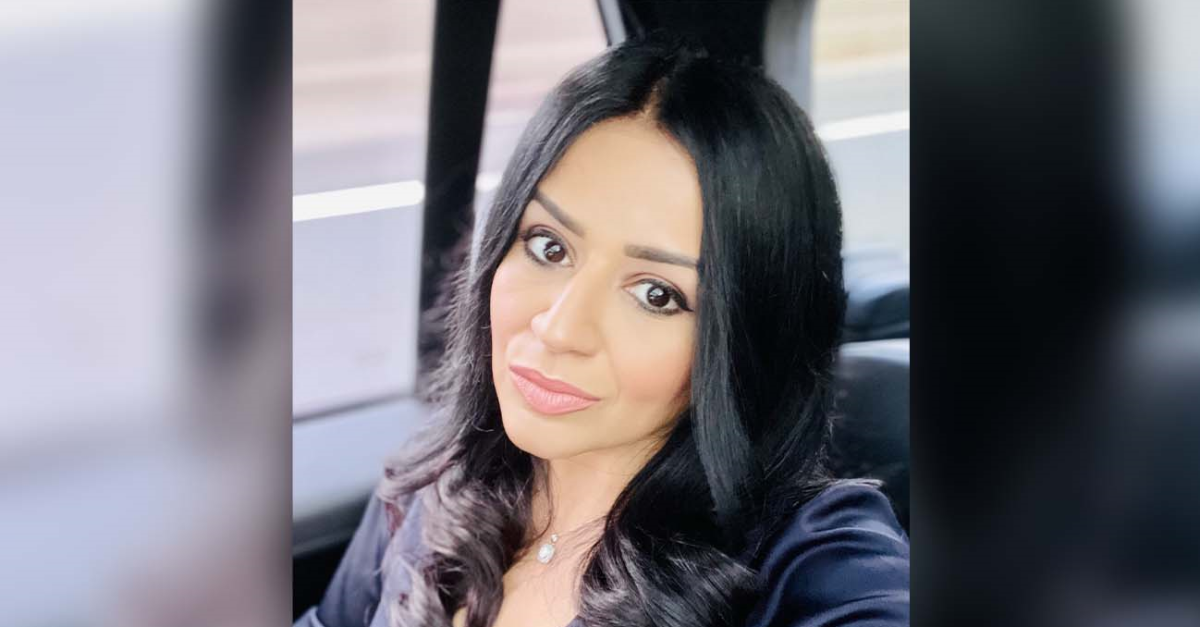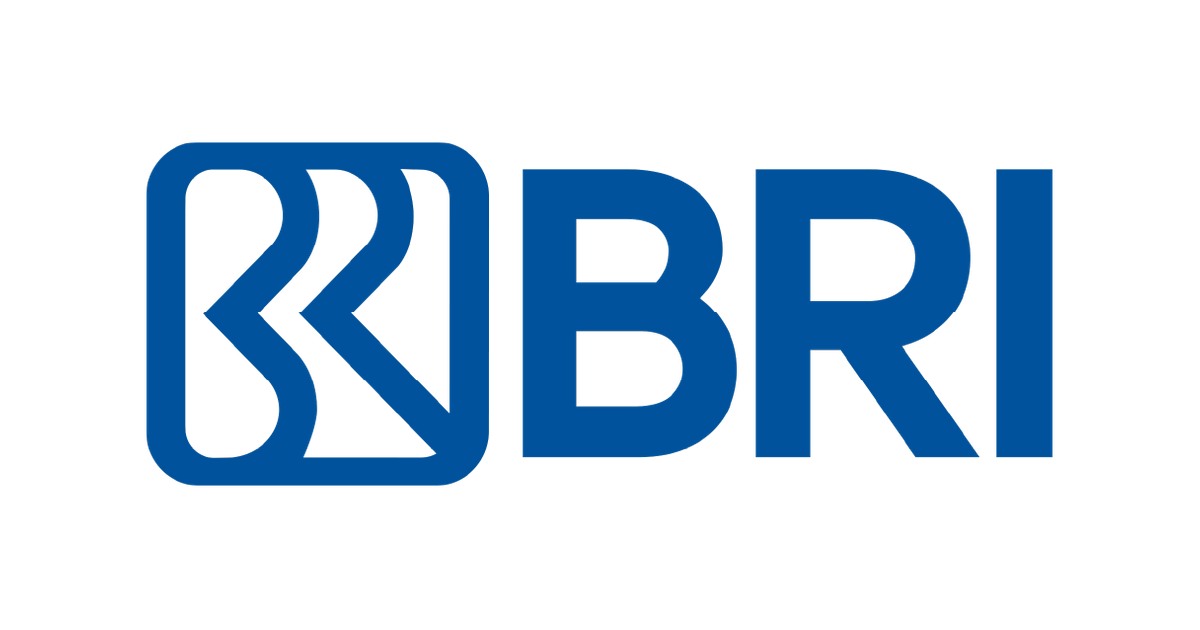This 32-year-old scaled her side hustle into a business on track to bring in $3 million — here's how
Jamie Inlow started her side hustle out of her neighbor's barn in 2019. Now, her property management company oversees over 100 rentals and brings in millions.
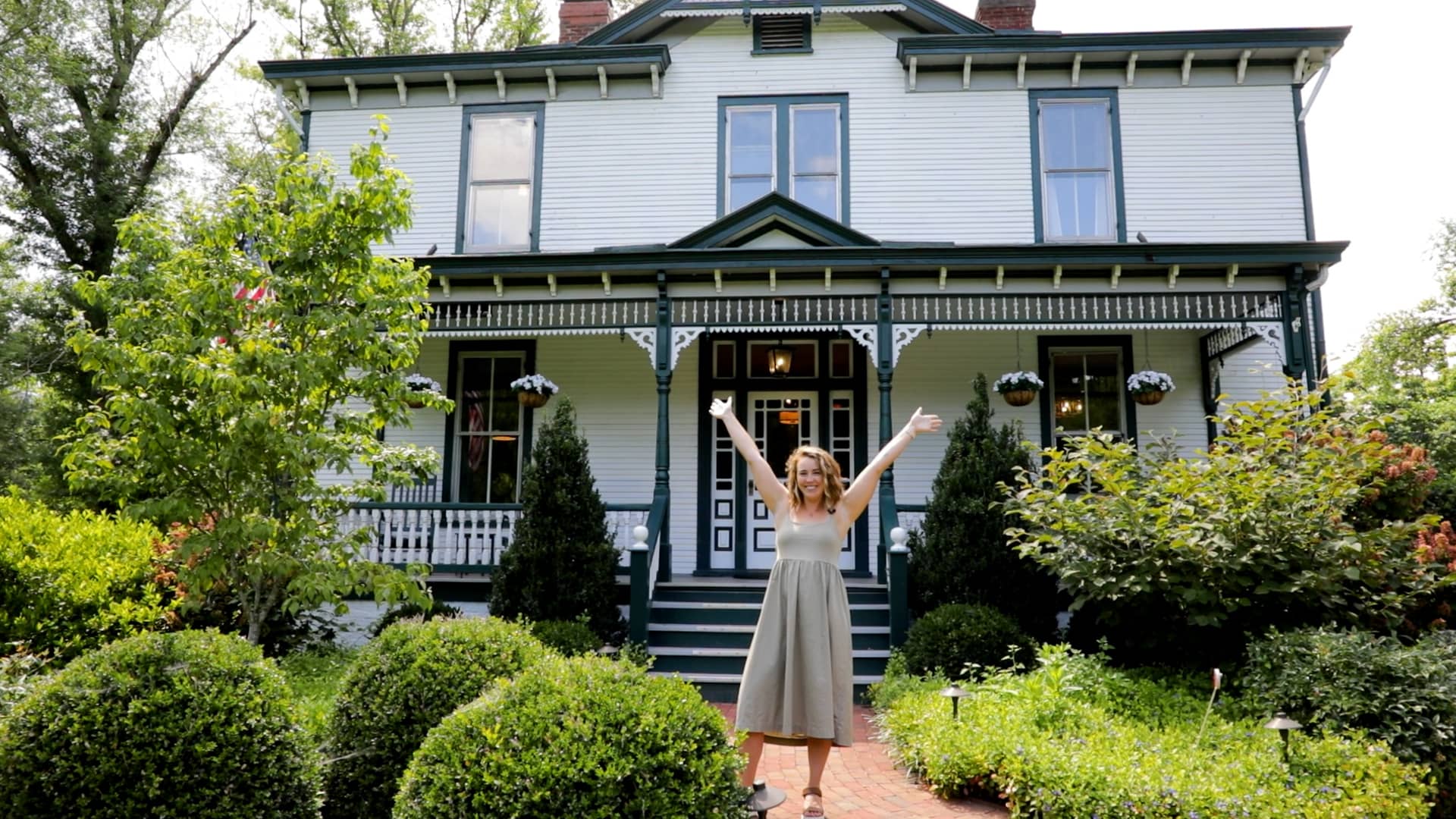
In 2019, Jamie Stark Inlow left her 9-to-5 higher education job and moved to a mini farm in Scottsville, Virginia, to spend more time with her husband and son.
She picked up higher education consulting work and a part-time job as a student program coordinator at the University of Virginia. She had a career and a family, but she felt something was missing.
That was until Inlow saw potential in her neighbor's spare apartment, which sat empty above a rust-red barn. She leaped at the opportunity and turned it into an Airbnb listing that June.
One listing quickly became two, then a full-fledged property management business, called Be Still Getaways, in 2020.
Inlow's side hustle-turned-company now oversees over 120 rentals and inns throughout Virginia, and brought in just shy of $2 million in 2022. This year, Be Still Getaways is on track to bring in $3 million, according to documents reviewed by CNBC Make It.
Jamie Inlow's side hustle-turned-company started in a barn in 2019. Now, it's on track to bring in $3 million this year.
Mark Petruniak
But it wasn't a straight shot to success. For the first two and half years of Be Still Getaways, Inlow had to work all three jobs. She couldn't afford to stop consulting or quit her higher education position because all of the revenue had to go back into the company.
In 2021, she decided to hire staff to scale up as quickly as possible, even though she only paid herself $10,000 that year.
"There were many times that I ran a payroll for staff before I ever paid a dime to myself," Inlow, 32, tells CNBC Make It. "I was still working full-time [outside of] Be Still Getaways, and that is how we scale."
But the investment paid off: That year, the company finally brought in six figures and soon, Inlow was able to quit her other jobs. She started paying herself a regular salary the next summer.
Here's how Inlow scaled her company, and how she plans to build in more work-life balance as the business grows.
Barn-based backstory
Inlow convinced her neighbor to let her list his apartment on Airbnb with a simple business plan: Give me $2,000 to buy furniture and decorate, and we'll split the profits. Within two months, it started booking up almost every night.
The Brown Barn, which also housed horses, sheep and goats, was Be Still Getaways' first property.
Courtesy of Jamie Inlow
"It wasn't like, 'We have a couple of properties, maybe I'll dabble around making a website,'" she says. "It was go time. I got business cards. I spent every dollar that I had on search engine optimization."
Clinging to her momentum, she asked her neighbor for another $110,000, then built and decorated a tiny home, also on his property. Noting the success of the apartment, he obliged. It was listed on Airbnb in March 2020.
The rentals' success attracted more business partners, and by the end of 2020, Inlow managed about 20 properties. She was working upwards of 80 hours per week between her three jobs — sometimes with her toddler physically strapped to her chest — and still wasn't earning enough cash to replace her $50,000 salary.
The only way up, she says, was to scale. That's when she hired an operations director and part-time contract workers to clean, stage and repair the properties. In 2021, Be Still Getaways brought in $205,000 in revenue.
Upgrading and upscaling
Despite expanding, it took a while to see returns. By the end of 2021, Inlow had 30 rentals under Be Still Getaways, but because the company mostly oversaw small, relatively inexpensive single-family units, profits were minimal.
While Inlow slowly built up Be Still Getaways' revenue, the company garnered local attention. In fall 2021, realtor Sydney Robertson asked Inlow to partner with her on a business idea: She'd find people looking to buy and rent out vacation homes, and Be Still Getaways would help with management.
The idea spawned a new branch of the company, Carriage House, and led to a business acquisition. Be Still Getaways and Carriage House acquired Cape Charles Escapes in January 2022, expanding both businesses' reach toward Virginia's coast.
Those partnerships brought more luxury properties into Be Still Getaways' portfolio and revenue skyrocketed. In March 2022, Inlow was able to quit her consulting and higher education jobs. Four months later, she started paying herself $72,000 per year.
"I knew I was ready to quit my job when the demands of working full-time and working for Be Still Getaways was starting to affect my mental health and my ability to be present for my family," Inlow says.
Costs of doing business
Be Still Getaways brings in millions, but over a quarter of its revenue goes toward keeping the business running.
Be Still Getaways earns money by charging for property outfits and taking a 20% commission every time one of its rental owners books a stay.
Mark Petruniak
In 2022, the same year the company brought in $2 million, it spent $587,000 on company expenses, the largest being staffing. Be Still Getaways paid its eight full-time and 60 part-time workers a combined $439,000.
Paying her staff competitive wages not only helps with retention, but improves the company's overall morale, Inlow says.
"This is a demanding and grueling line of work at times … It's not like weekends are off. It's not like you punch the clock at 5 p.m.," Inlow says. "For [people] to be happy and be OK with that, you have to give people good vacation and you have to pay them well."
Last August, the company also started renting a local 4,000-square-foot warehouse. It houses furniture, décor and supplies for upcoming projects for $800 per month.
Here's a breakdown of Be Still Getaways' 2022 expenses:
Wages: $439,878Supplies: $113,343Software: $22,854Company car: $7,566Warehouse rent: $4,000Four months ago, Inlow's husband, formerly a physical education teacher, left his full-time job to head Be Still Getaways' lawn maintenance.
While Inlow says she was excited to work with her husband, the transition was nerve-wracking. Although Inlow had been working full-time at Be Still Getaways for about nine months, it initially felt risky to have her husband join too, she says.
"That was, I think, almost more scary than when I left my job because he was the benefit holder," she says. "Having that stability was beautiful and amazing, but it ultimately wasn't making him happy and that was a challenge for our family."
Be Still Getaways now pays Inlow and her husband a combined $150,000 per year, she says.
Looking ahead
Be Still Getaways is hitting its stride — it's already brought in $1,974,000 this year — and is showing no signs of slowing down.
Neither is Inlow. Next, she wants Be Still Getaways to own and operate its own commercial property. She also wants to write a book someday. She'd title it, "The Secrets of Short-Term Rentals," she says.
But one of Inlow's problems remains unsolved: She's more fulfilled than she was in 2019, but she's also working more hours. She eventually wants to scale Be Still Getaways to the point where she isn't needed on an hourly basis, so she can spend more time with her family.
For now, she still carves out hours of free time by setting her Apple Watch to "Do Not Disturb." Travel, she says, is one of the only ways she feels she can take her mind off of work.
"The only time we're able to truly unplug from this industry is when we travel," she says. "Last year, I created kind of like a baseline for our family … we have to leave for a weekend once per month."
"To be able to refresh is like a very critical part of my burnout strategy," she adds. "We'll call it market research."
What's your budget breakdown? Share your story with us for a chance to be featured in a future installment.
DON'T MISS: Want to be smarter and more successful with your money, work & life? Sign up for our new newsletter!
Get CNBC's free Warren Buffett Guide to Investing, which distills the billionaire's No. 1 best piece of advice for regular investors, do's and don'ts, and three key investing principles into a clear and simple guidebook.
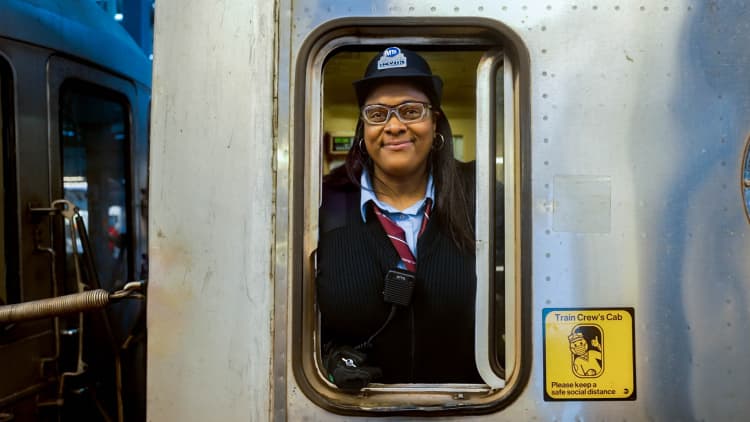

 JimMin
JimMin 








